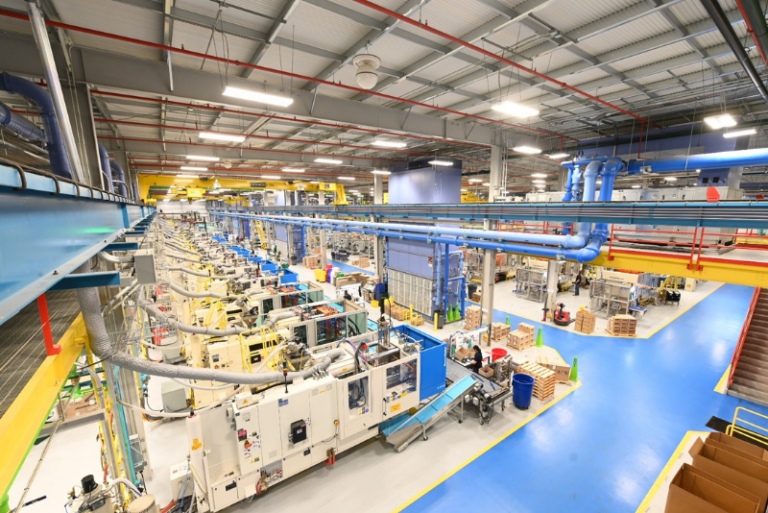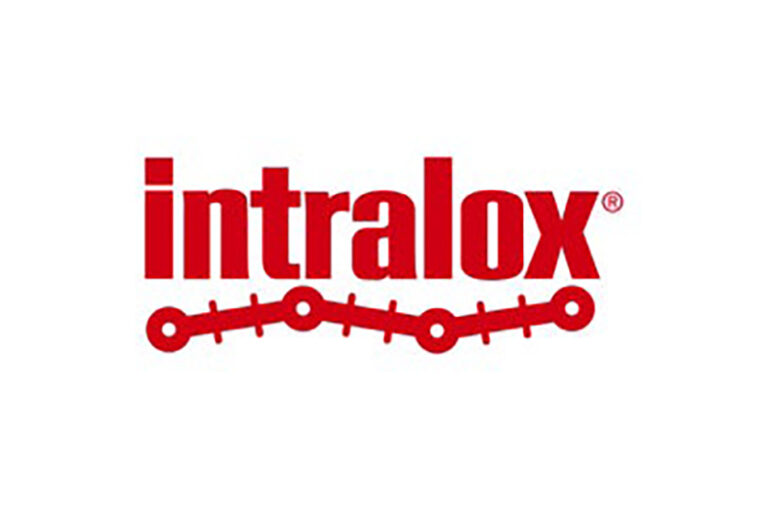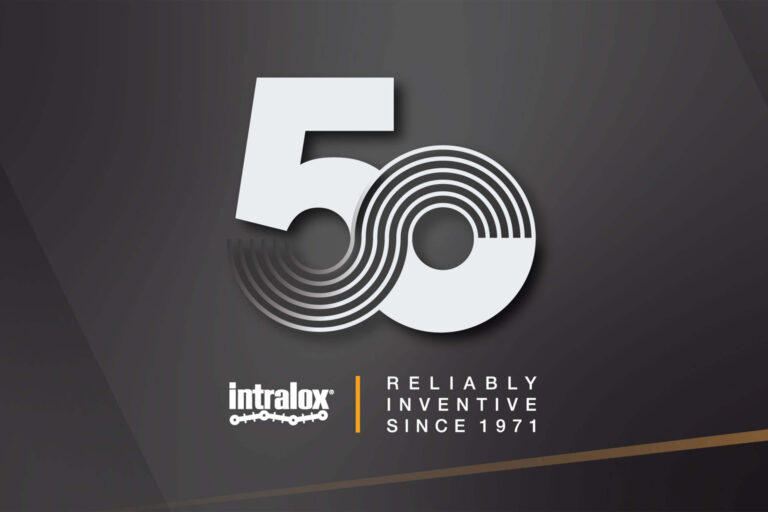NEW ORLEANS — Food production is an important business. It feeds the masses in the safest possible way. During NEXT, a conference hosted by Intralox March 8-9, the company presented programming that heavily focused on hygienic design and best practices around safe food production.
Intralox stands on a foundation of nobility in business, and that includes food safety.
“We believe business to be a noble pursuit and can think of no higher calling than the business of creating safe food,” said Killian Lapeyre, business unit manager at Intralox.











